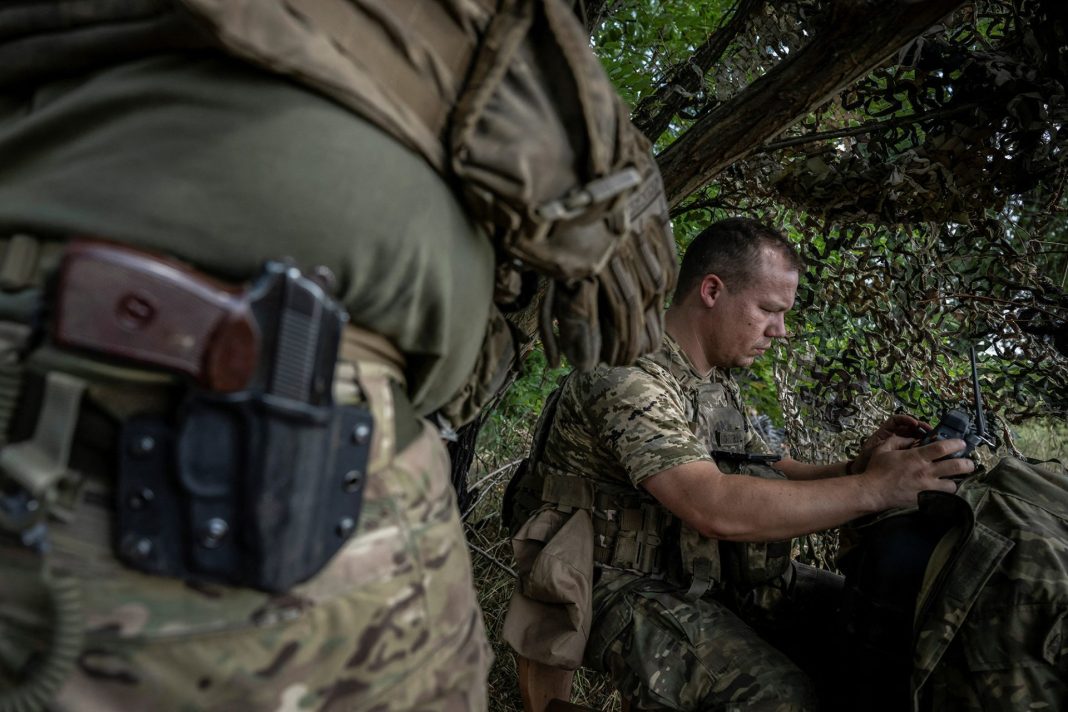“We should also be prepared for bad news,” he said, when asked if he feared that the situation in Ukraine would worsen in the future.
“Wars develop in phases. But we have to support Ukraine in both good and bad times.”
It is crucial to boost ammunition production, Stoltenberg added, conceding that NATO countries were unable to meet the increased demand for them. He said Ukraine is now in a “critical situation,” but declined to recommend what Kiev should do.
“I will leave it to the Ukrainians and military commanders to make these difficult operational decisions,” Stoltenberg stated.
He also commented on challenges faced by European defense industry.
“One of the issues we should address is the fragmentation of the European defense industry,” he continued.
The NATO chief said it’s in the interest of Europe and is good for jobs in the industry. He said it is important not to allow ammunition prices to rise now that demand has climbed.
Stoltenberg added there had been no significant developments on the battlefield over the past few months. He declined to share an outlook for what could happen next.
“Wars are inherently unpredictable,” the official said, adding, “But we know that the more we support Ukraine, the faster the war will end.”
Speaking after a meeting of NATO foreign ministers in Brussels on Wednesday, Stoltenberg warned that “Russia has amassed a large missile stockpile ahead of winter, and we see new attempts to strike Ukraine’s power grid and energy infrastructure.”
Two days prior, he told reporters that “we should never underestimate Russia.” NATO’s chief noted that Moscow had set its “defense industry on a war footing,” making it “hard to achieve the territorial gains we hope for.”
However, he stopped short of characterizing the current situation as a “stalemate” – a description used by the commander-in-chief of Ukraine’s armed forces, General Valery Zaluzhny, in early November.
According to the Russian Defense Ministry’s latest estimates, Kiev’s counteroffensive, which began in early June, has resulted in over 125,000 casualties for the Ukrainian side as of December 1.
